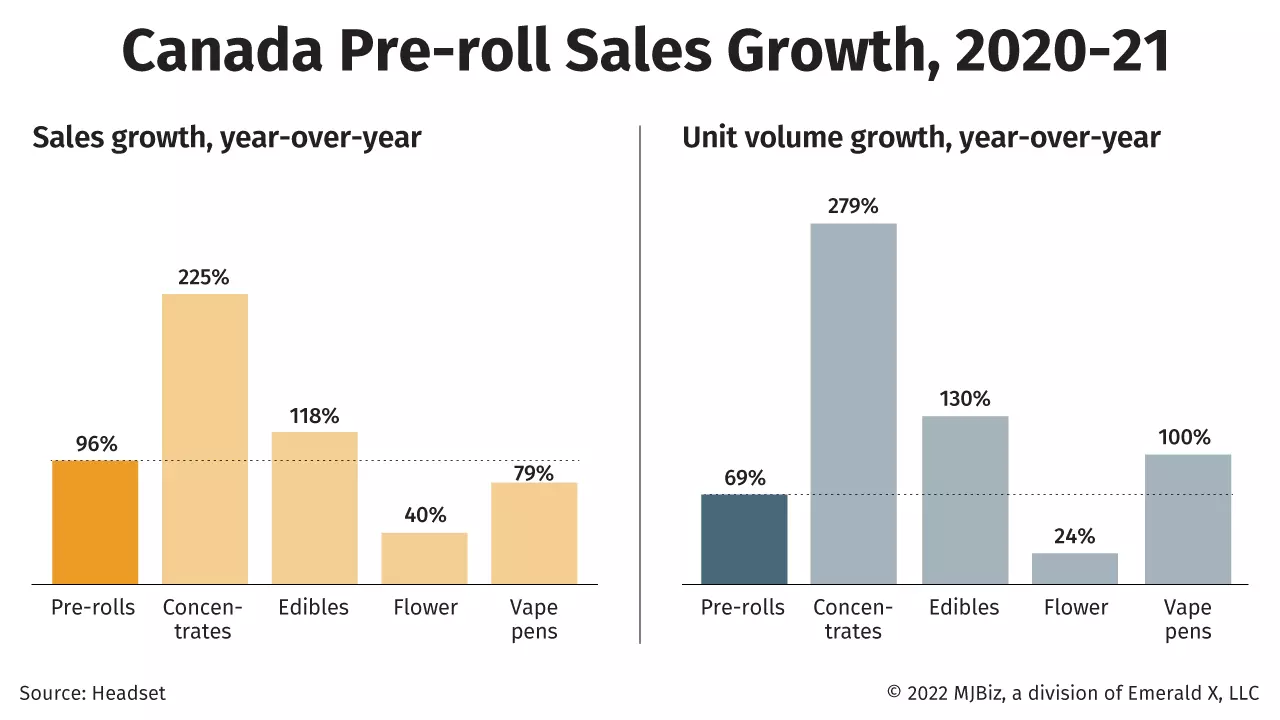As recently as 2018, cultivation- and retail-sector financing was almost exclusively the domain of private companies, according to data from the Viridian Deal Tracker.
But public debt financing has been taking a bigger role recently.
That trend is likely to continue as the United States moves toward federal legalization of some form, though how quickly such reform occurs remains up in the air.
First, some history
The fourth quarter of 2018 saw the largest total capital raised in the industry’s history, and private companies raised 86% of the funding.
Four familiar names conducted most of the $1.3 billion raise just before their reverse takeovers:
- Curaleaf Holdings (CSE: CURA), $400 million.
- Acreage Holdings (CSE: ACRG.A.U), $315 million.
- Harvest Health & Recreation, $218 million.
- Cresco Labs (CSE: CL), $180 million.
In the early years, equity was essentially the only financing source, accounting for 81% of total capital raised in 2018-19.
That made sense given the nascent nature of the industry, the lack of widespread public awareness of the business and the fact that most industry players had sharply negative cash flow and little cash-flow means to support debt.
But crashing stock prices in the second half of 2019 changed the landscape in lasting ways.
Between the first and fourth quarters of 2019, cannabis equity prices plunged by nearly 52%, leading to a sharp decline in equity issuance.
By the end of that year, public company equity issuance had essentially been squeezed out of the market.
Debt accounted for 74.5% of total capital raised in 2020, the first year in cannabis history that debt exceeded equity in capital raised.
That year also was the beginning of the trend toward straight debt with no conversion features or warrants, led by issues from Curaleaf and Cresco.
The learning curve for entering the cannabis industry is steep. Start with the fundamentals.
MJBiz Cannabis 101 Email Course
A 10-part email course designed to educate new hires and aspiring professionals on the key fundamental areas of the legal cannabis industry, including:
- History of legal cannabis in America
- Overview of plant-touching + ancillary business sectors
- Cannabis finance and investing
- Cannabis marketing and brand building
- Employment + hiring opportunities
- And much more!
Gain a comprehensive understanding of this complex industry with this free resource.
Newfound optimism as 2020 turned into 2021 regarding the prospects of federal legalization produced a 120% rally in cannabis stock prices, triggering the second big wave of cannabis equity issuance.
Public companies issued $1.2 billion of equity in the first quarter of 2021, a record at the time.
And with prices so high, why would anyone raise debt? Very few companies did.
New options and a look forward
Equity issuance dried up as the optimism regarding federal legalization evaporated and stock prices again plunged.
From the third quarter of 2021 through the first quarter of 2022, debt accounted for 93% of total financing, with private companies raising a record 10% of that total.
Viridian Capital Advisors expects that trend to continue through 2022.
Public companies are loathe to raise equity for two reasons:
- Prices are well below perceived intrinsic values.
- Hope for legalization reform that could enable uplisting is freezing the market.
If you expect that you might be able to raise capital on the Nasdaq exchange next year, why would you do it now?
Private equity and private debt will continue to flourish, primarily because of the pricing mechanics of many of the issues.
Public converts typically have caps and discounts that essentially “kick the can down the road” with regard to pricing. They are priced off a discount to some future round, when conditions will presumably be better.
Major multistate operators can raise debt at rates of less than 10% (before fees), and it is a much cheaper source of capital than equity.
Viridian expects to see more floating-rate issuance as institutional lenders become attuned to the dangers of rising rates.





